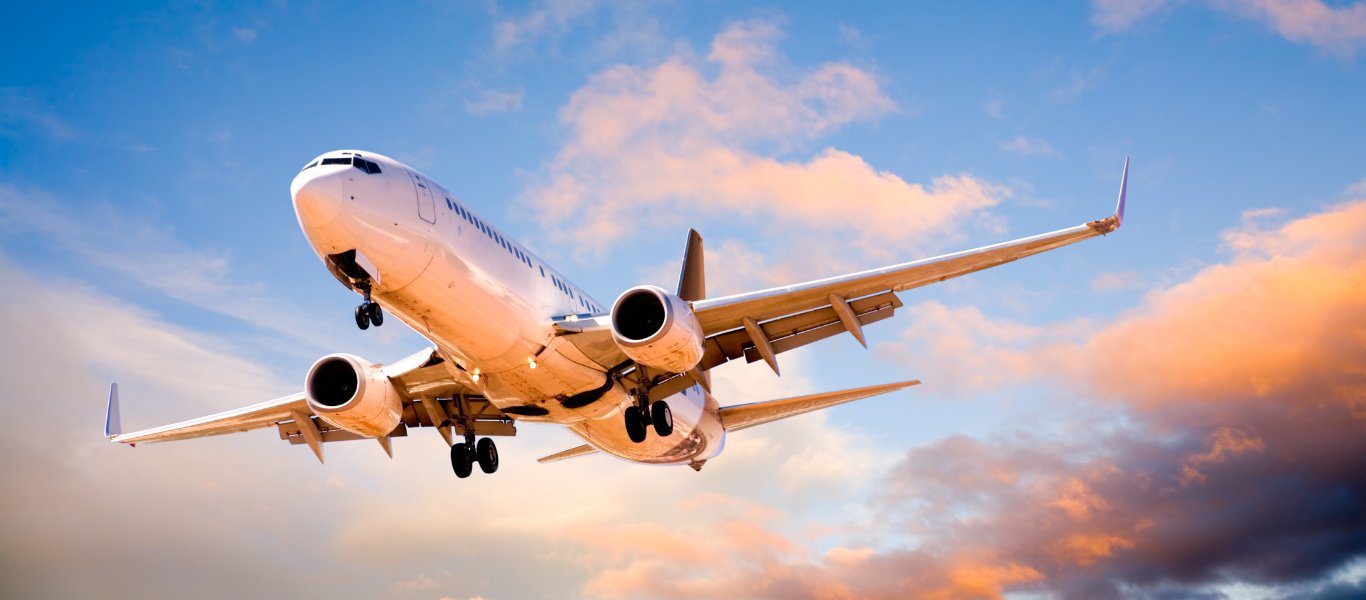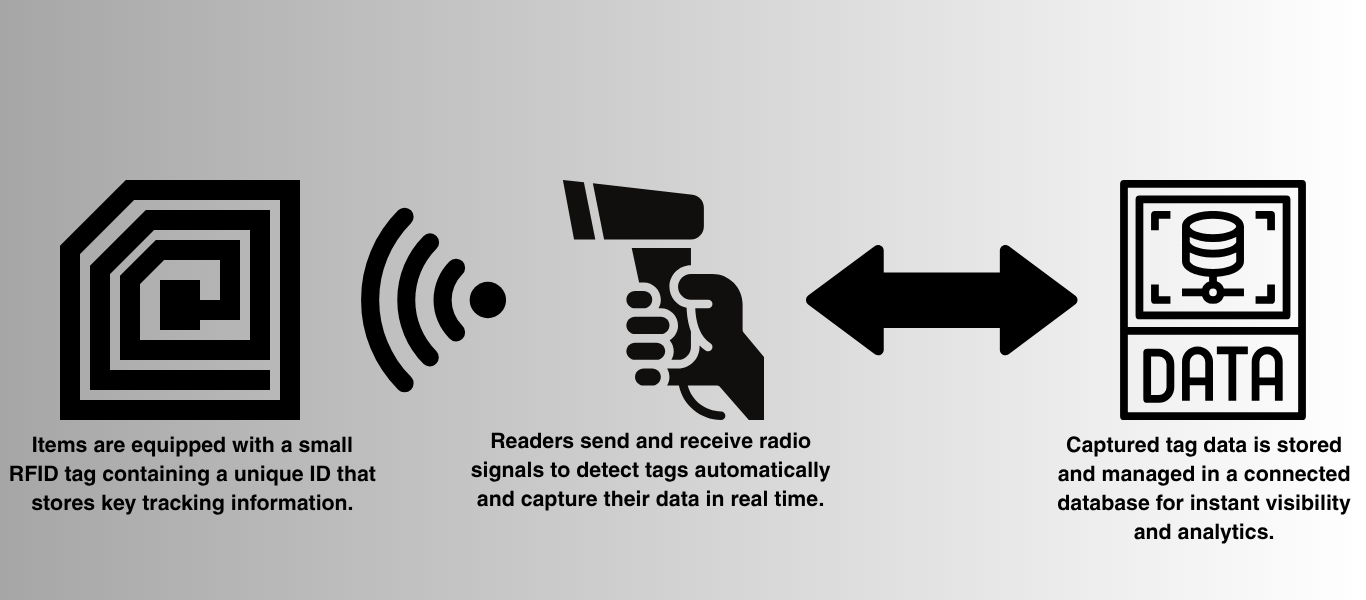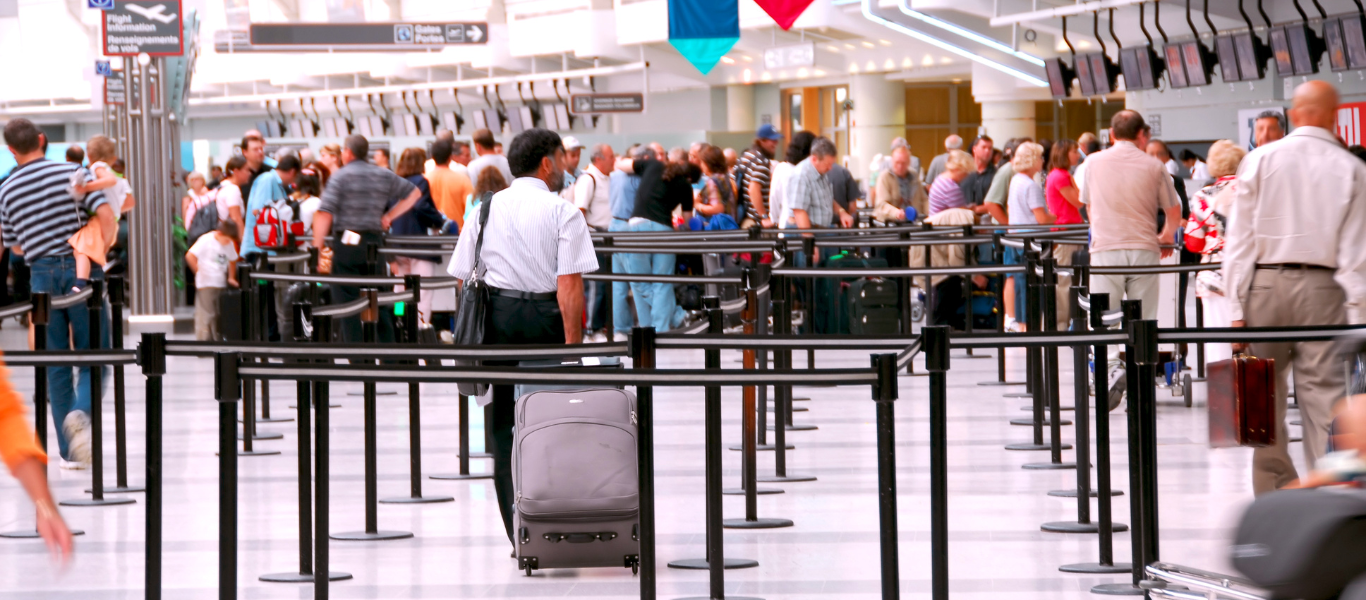How Airlines Use RFID to Track Baggage and Ground Equipment
Bringing Clarity and Control to Airline Operations
Air travel moves fast, but behind the scenes, there’s a complex network of people, equipment, and systems working to keep every flight on schedule. Baggage handling and ground operations are two areas where delays and errors can ripple across an entire day of flights. That’s why more airlines are turning to RFID (Radio Frequency Identification) — a technology that brings accuracy and real-time visibility to the way airlines track luggage and equipment.
RFID uses radio waves to identify and track items automatically. In simple terms, it replaces the need for scanning barcodes one by one, allowing airports and airlines to track thousands of items at once with impressive accuracy.
The Problem with Traditional Baggage Tracking
Traditional baggage tracking relies on barcodes, which have to be scanned manually at each checkpoint. That means someone needs to physically line up the scanner with the tag for it to register. When that doesn’t happen, the bag can drop off the radar until it surfaces later in the system.
This manual process creates opportunities for errors. A single missed scan can mean a lost bag, a delayed passenger, or a costly claim. On top of that, baggage tags often get torn or damaged, making them unreadable. The result? Frustrated passengers and extra costs for airlines that have to track down or replace lost luggage.
How RFID Changes the Game
RFID systems make the process seamless. Here’s what that looks like in action:
RFID-enabled bag tags are printed at check-in or attached by the passenger.
Readers are placed at key points throughout the airport: ticketing, sorting areas, loading zones, and baggage claim.
As bags move, each tag automatically communicates with these readers, updating the airline’s system in real time.
Employees can instantly see where a bag is, and passengers can often track it too.
Why Airlines Prefer RFID
It doesn’t require line-of-sight scanning.
Thousands of tags can be read at once.
It delivers accuracy rates above 99%.
It reduces manual work and human error.
RFID gives airlines constant visibility from check-in to carousel. That means fewer lost bags, faster loading times, and happier passengers.
The Benefits of RFID for Airlines
There are clear reasons airlines are investing heavily in RFID technology:
Fewer Lost Bags: RFID provides full visibility across the entire baggage journey.
Faster Turnaround: Automated scans mean staff can focus on efficiency instead of searching for bags.
Better Passenger Experience: Travelers can get real-time updates and peace of mind knowing their bag is accounted for.
Cost Savings: Less lost luggage and fewer manual processes mean lower operational costs.
Data Visibility: Airlines can analyze traffic patterns and identify bottlenecks to improve system performance.
RFID isn’t just solving a logistics issue. It’s improving how airlines operate on a daily basis, from time savings to brand reputation.
Real-World Example: RFID in Action
Several major airports have already proven what RFID can do.
For example, Brussels Airport partnered with Impinj and Aucxis to introduce reusable bTags that allow travelers to track their bags through a mobile app. Instead of waiting at the carousel, passengers get real-time notifications about when and where their luggage will arrive. The result is smoother arrivals, fewer misplaced bags, and a better overall experience for travelers.
Read the Brussels Airport story here.
Similarly, Newark Airport uses RFID to improve baggage handling and security screening throughout Terminal B. By tagging each bag with an RFID chip, staff can follow its movement from check-in through TSA inspection and onto the aircraft, improving both speed and accountability.
Read the Newark Airport story here.
These examples show how RFID can completely transform baggage management, from check-in to claim.
RFID Isn’t Just for Baggage
While most people associate RFID with luggage tracking, airlines are also using it to manage ground support equipment and other critical assets.
Common Ground Operations Using RFID
Vehicle Tracking: Keep tabs on tugs, loaders, and fuel trucks across terminals.
Tool and Equipment Management: Make sure maintenance tools and parts are accounted for and properly stored.
Safety and Compliance: Track inspection schedules for safety gear, carts, and other regulated assets.
The benefits are similar: less equipment loss, faster maintenance, and better coordination between teams. It also gives managers data to identify inefficiencies before they cause delays.
The Future of RFID in Aviation
Airlines around the world are investing in RFID infrastructure because it delivers measurable results. As RFID becomes more integrated with IoT and cloud platforms, the technology will continue to evolve — making predictive maintenance, automated scheduling, and even smarter data analytics possible.
For many airlines, RFID is no longer an optional upgrade. It’s a foundational part of running efficient, reliable operations in a highly competitive industry.
RFID brings clarity, accuracy, and efficiency to airline operations. Whether you’re looking to improve baggage handling or streamline ground support tracking, having the right tools makes all the difference.
We help airlines and ground service providers implement complete RFID solutions — from tags and readers to full systems integration.
Contact our team to learn how we can help you choose the right technology for your operations.






